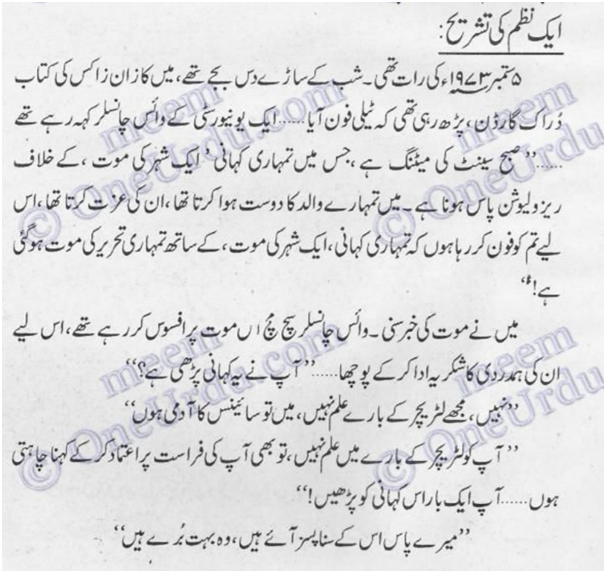
It was in this state of emotional turbulence that she penned one of her oft-quoted and most famous poems ‘ Ajj Akhaan Waris Shah Nu’ (‘Today I invoke Waris Shah’) in 1948, invoking the famous Sufi poet Waris Shah. By now she was sure that her marriage was just imprisoning her body and soul. The communal riots that continued for several months during the refugee influx to and fro from both sides led to such mindless violence that like most other survivors of this historic tragedy, it left an indelible mark on Amrita’s mind for the rest of her life.Īmrita, a young woman of 28 moved to New Delhi from Lahore. She witnessed innumerable, unspeakable human tragedies. The year 1947, the partition of the country, became a watershed for her both as an individual and as a writer. Her increased involvement in social work in the mid-1940s, her working with the Lahore Radio Station for a brief period and her angst at the helplessness of the commoners especially women made her works around that time become more and more rebellious and socio-political in nature. In 1944, in a poetry collection titled ‘Lok Peed’ ( Anguish Of The Public) Amrita’s first social poetry emerged and she criticised the economy being depleted by the Second World War and the disastrous Bengal famine of 1943. Her initial work consisted mainly of romantic poems though she gradually gravitated towards the Progressive Writers’ Movement – a literary movement where writers were writing about socio-economic concerns of their society and times. Once Amrita started writing in 1936, she continued doing so prolifically in spite of the dissatisfactory marriage by 1943 she had already gained much acclaim and had six anthologies of poetry to her credit.


Pritam was the son of a hosiery merchant and an Editor, the couple had two children, but according to Amrita the union was loveless and devoid of any passion or deep emotion. Trying to find some grip on life the young Amrita married Pritam Singh and became Amrita Pritam around the same time, a name she carried all her life. Her exceptional talent did not go unnoticed and as a result her first anthology of poems ‘Amrit Lehran’ (Immortal Waves) was published in 1936 when she was barely 16 years old. In such depressing and challenging circumstances, Amrita found succour in writing. The family then moved to Lahore where the young teenager found herself overburdened with responsibilities of running a household. She realised the uselessness of prayer as all her prayers to restore her mother’s health had turned futile and stopped praying altogether after her mother passed away. It was “ ….my first baghavat (rebellion) against religion“, she writes therein.Īmrita, the young critical thinker who was already questioning a lot of morality and religion, turned almost atheist after the death of her mother when she was barely eleven years old. Later, a very young Amrita raised her voice against her conventional grandmother, who kept separate utensils for her Muslim visitors. She questioned her mother - “ Is water also Hindu-Mussalman?” Her mother’s reply – “ It is this way here…” – was definitely not satisfactory for the young rebel. In her autobiography, she recalls that once as a young girl she noticed water being hawked at the railway platform as Hindu water and Muslim water. This gets reflected in her literature and personal life much later and throughout. She asked difficult questions and challenged those things that everyone accepted as the norm.

Along with religious learning, she also inherited her love for literature from him.Īmrita was born a rebel, a questioner of norms, a devil’s advocate of sorts. The environment in her early home was deeply spiritual her father was a pracharak/Sikh religious preacher as well. Her father was a school teacher by profession but is also believed to have been a small-time poet. She was the only child of Kartar Singh and Raj Kaur, a Sikh couple who named her Amrita Kaur in 1919, in Gujranwala, Punjab in erstwhile undivided British India, now Pakistan. This one incident probably sums up this prolific and ground-breaking writer’s philosophy of life – “ My work/my life will be my answer“. She remembered the joke and called her autobiography Raseedi Ticket (The Revenue Stamp). The famous writer and journalist Khushwant Singh had once told Amrita Pritam that the whole story of her life was so inconsequential and brief that it could be easily contained within the small space at the back of a revenue stamp. Amrita Pritam was an iconic Indian writer, whose works as well as life, were a bold statement that redefined not just the Punjabi literary canon but also found new words and images for how Indian women perceived themselves.


 0 kommentar(er)
0 kommentar(er)
